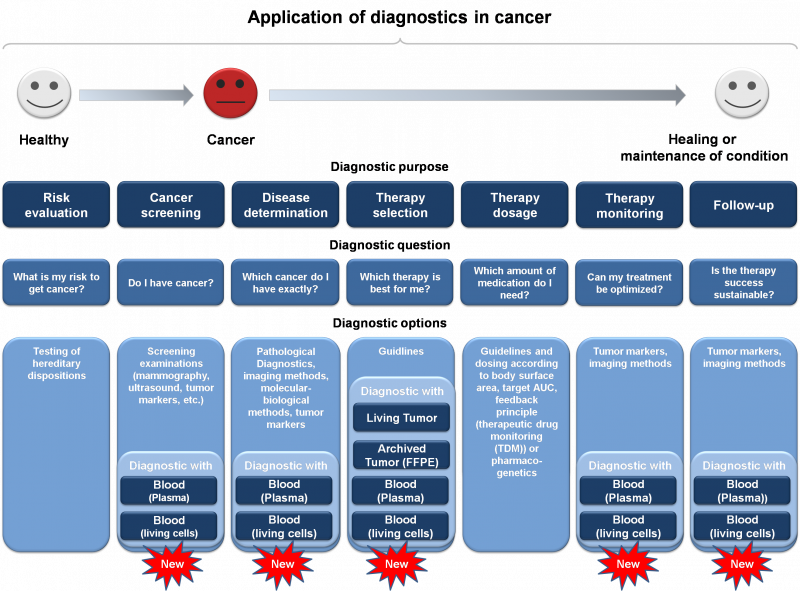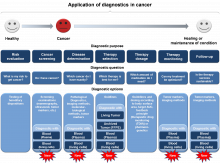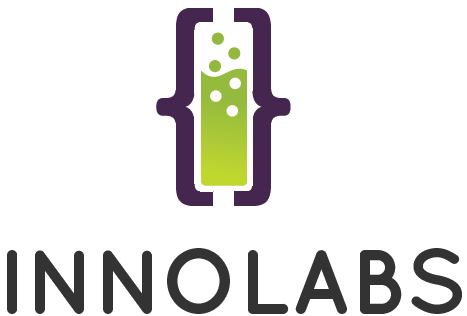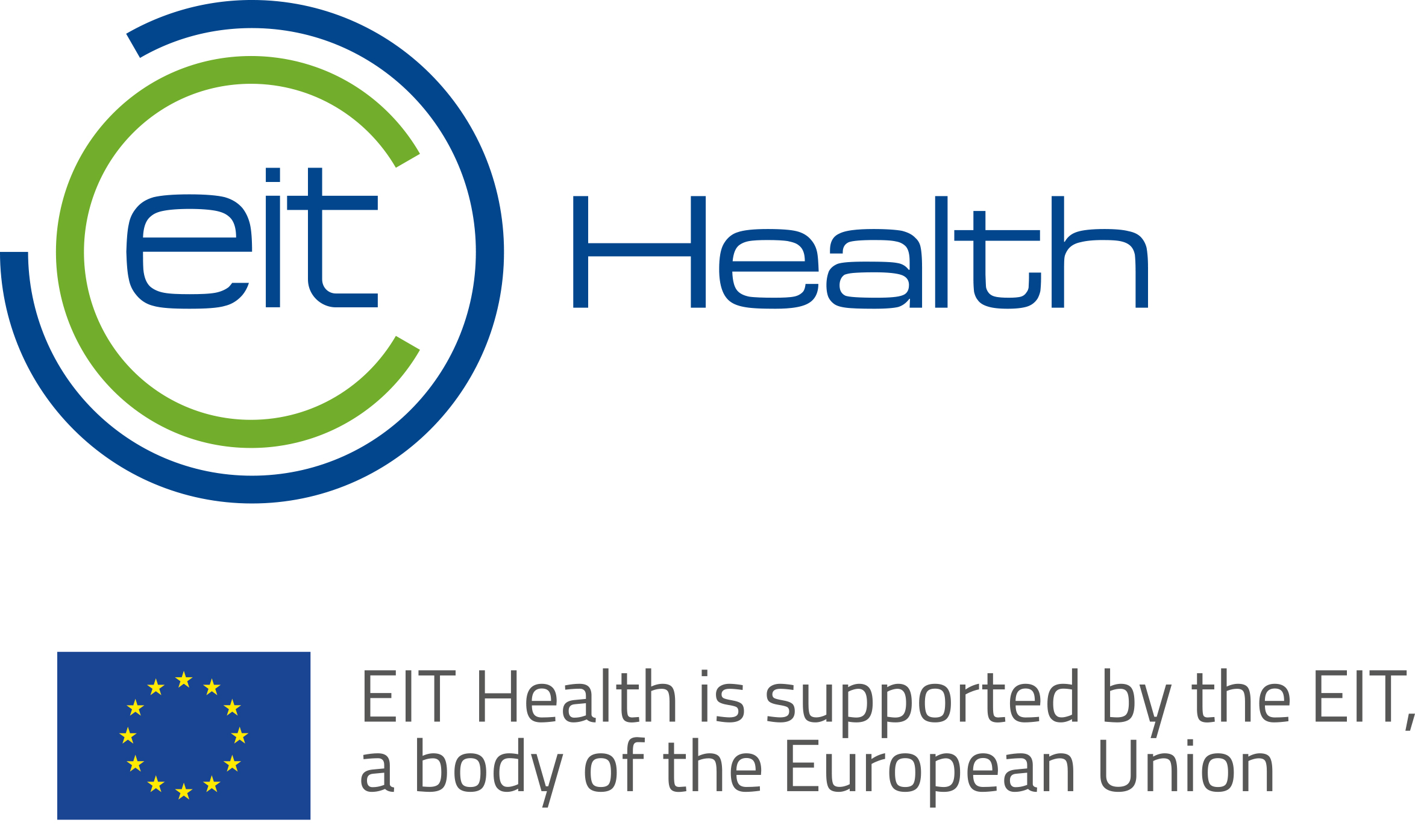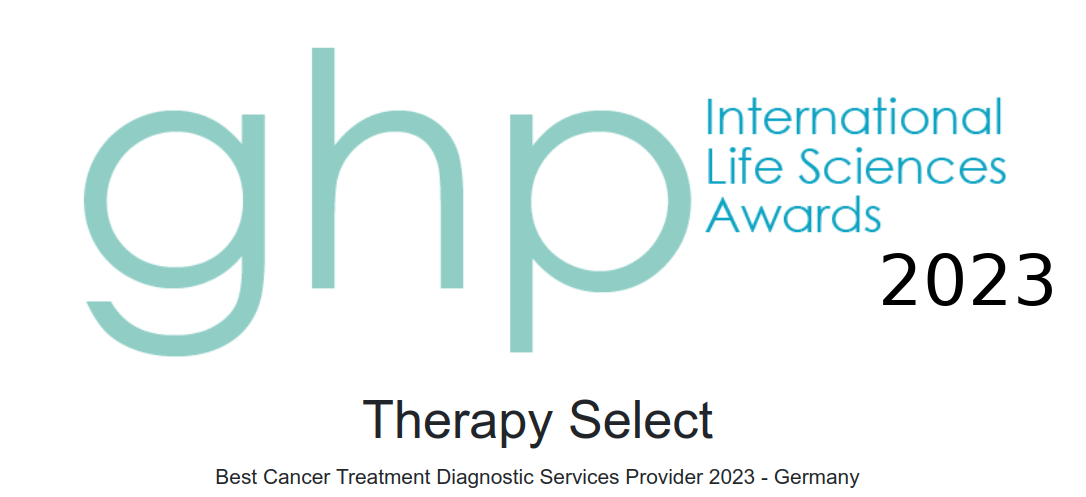Diagnostic Options in the 7 Phases of Cancer Disease
With the term “diagnosis” the situation is described that a patient has discomfort and the physician tries to find out the cause (usually a disease). Having the diagnosis the therapy can be selected individually.
Diagnostics are more than the diagnosis, but the task for all diagnostic methods stays the same. They should help finding the suitable therapy. That means that in general diagnostics should have an impact on the therapy. In case there is no impact on therapy the particular diagnostic method is useless.
For cancer one can divide 7 different phases, in which diagnostics are useful. In the different phases different questions are answered. Depending on the question different diagnostic methods are used.
In the diagram one can see that our diagnostics help in selecting the therapy directly, particularly selecting drugs. The same information can be found in the table below.
| Diagnostic purpose | Diagnostic question | Diagnostic options |
|---|---|---|
| Risk evaluation | What is my risk to get cancer? |
|
| Cancer screening | Do I have cancer? |
|
| Disease determination | What do I have particularly? |
|
| Therapy selection | Which therapy is best for me? |
|
| Therapy dosage | Which amount of medication do I need? |
|
| Therapy monitoring | Can my treatment be optimized? |
|
| Follow-up care | Is the therapy success sustainable? |
|
Important to note:
- Both services are meant to support the existing cancer care. They are mostly used when no clear treatment regimen can be recommended. This is the situation for the following cases:
- Several chemotherapeutic agents are equally suitable for treating a certain type of cancer (according to guidelines).
- Recurrent tumors, when there are no guidelines available.
- Origin of the tumor is unknown.
- Rare tumor types, for which no guidelines exist.
